Tips On How To Pack Your Kitchen for Moving
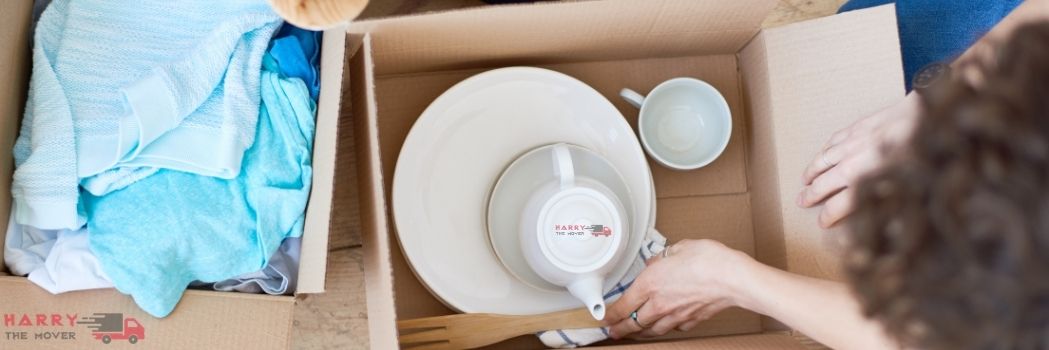
How to pack kitchen stuff for moving house?
This is something most people know since it is a common practice to make moving very easy. Moving your things can be very tiring at the same time because of the many fragile items that you have to put in boxes and crates.
To make it easier for you, getting storage or moving company is one good option that you can do. They will make the whole packing process easier for you because they are experts in this field of moving.
Moving and storing boxes and other fragile kitchen items can be very exhausting both physically and mentally especially when you have to make several trips just to reach the point where you can unpack all your stuff and start putting them back.
You do not have to worry about this, though, because a professional mover or company will be the one to do it for you. They will not only pack everything for you, but they will also ensure the safety of your things during the whole moving process.
While the tips mentioned below can be used for most common items, they might not be as easy for specific items such as refrigerators and ovens.
It will make the process go a lot easier, and you will have the peace of mind of knowing that this kitchen stuff is safe and secure with you while you are away. They will be adequately contained in the truck that they are shipped in, and you should be able to move them into the new location quite quickly.
Plates And Earthenware
These are some of the most precious items that we own in our lives. Hence, we should be cautious in handling them. Some specific tips and tricks will help you pack your plates and earthenware properly so that they do not lose their lustre and their value even after several years of storage.
The first tip on how to pack plates and earthenware is to make sure that you purchase a good quality canvas bag which can be easily maintained by wiping the dirt off with a dry cloth or a wet cloth and avoid putting any kind of acidic liquid on it. Also, place the plates inside the bag so that they do not roll out of it.
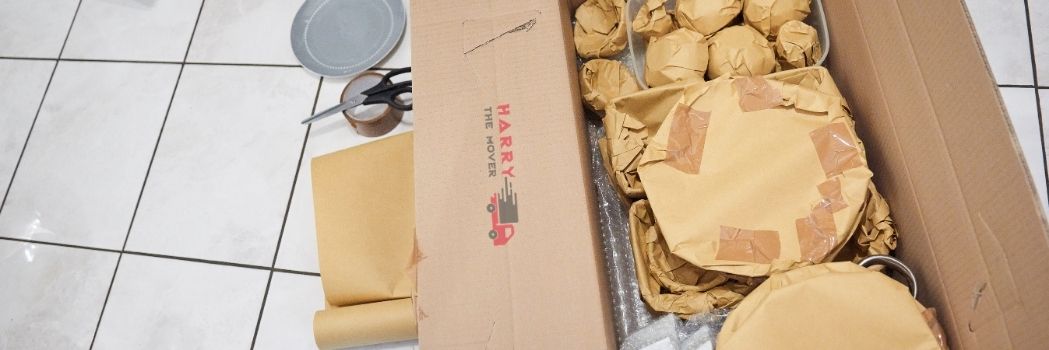
If you are using a canvas bag which has small tie-backs, then put some newspapers or a magazine on the bottom of the bag so that the dirt and dust can be deposited on the canvas material.
The other important step on how to pack plates and earthenware is to take them out of the water and store them in a cool dark place such as a storage room. You should wrap the platters in some old newspaper so that no dust particles are left on them. Even though there is a lot of difference in buying plate and earthenware containers, the main thing is that you should buy the one that is suitable for the size of the plate and earthenware you are going to use.
Glasses
You might have handpicked the best possible tips for packing glassware for yourself, but the bottom line is always one thing: safety!
Whether you are at home or away, there is no excuse for not having safe glasses on hand. If you want to ensure that your family’s safety, as well as your own, are protected, then you should always remember to take all precautions and follow the proper steps to secure them. Glasses are an essential part of everyday life, and having them safely stored and transported can make all the difference in the world.

The first step to packing glassware properly is to know what type of glassware you intend to store. For instance, if you are looking to keep it in the same place where you plan to eat meals, then you will want to consider placing them on the bottom of the box, instead of the top. There are also exceptional cases that are made specifically to store glasses on the bottom of the box so that they are not in direct view, but still accessible.
Once you are happy with the placement of your fragile kitchenware, then you can start thinking about the packing material and filler that you will be using. In most cases, these bags and filling materials come separately, so you can choose what is right for you and then fill out the rest of the pack once everything is in place.
Silverware
Packing a silverware for travel is one of the most important steps one should take when travelling. It is not just about whether or not the item will pass through security, but it also has to be protected from damage while in transit.
The most effective way to do this is by using either bubble wrap or packing paper. If you already have packing paper, it is not necessary to purchase new because old packing paper will work just as well.
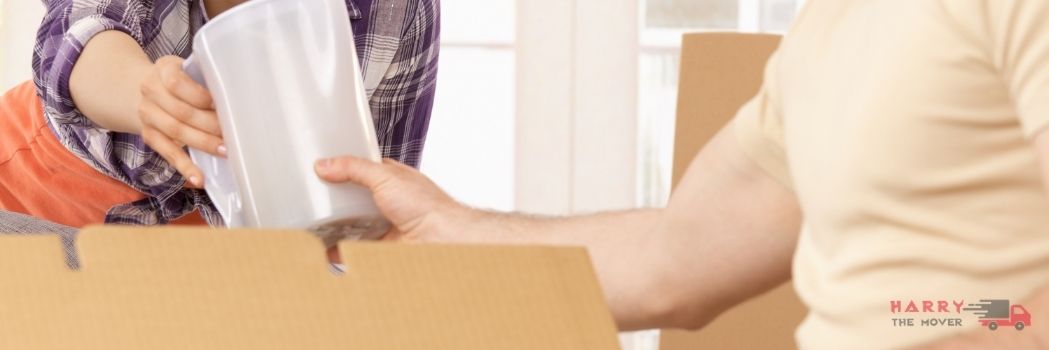
When learning how to pack your silverware, the first thing that comes to mind is wrapping it in a transparent plastic sheet so that it does not break or get jostled along the way. Another thing that you need to remember is not to put the metal items too close together; for instance, do not use the same pair of silverware to eat pasta as you would for fish. The same goes for using a sharp knife to cut the wrapping or foil. Cutting these kinds of items too close prevents them from moving and clattering, which could cause damage to both your silverware and your hands.
There are a few other things that go into preparing the fragile items for travel, but these two tips should help you get started. Of course, if you need extra assistance, several expertly trained individuals can help you pack your silverware for the trip.
Some other suggestions include utilising a nylon material bag rather than choosing a plastic one, purchasing a backpack rather than placing the items on top of each other, and storing the jewellery and other items in separate bags.
Taking a few precautions like these will ensure that you pack your silverware correctly so that it arrives safely at the destination.
Pots and Pans
Learning how to pack pots and pans properly is essential if you plan on using these versatile cooking tools often. Unlike traditional dishes, bowls, plates, and other kitchen tools, pans and pots are more fragile, they are usually hard to move, and they take up lots of room.
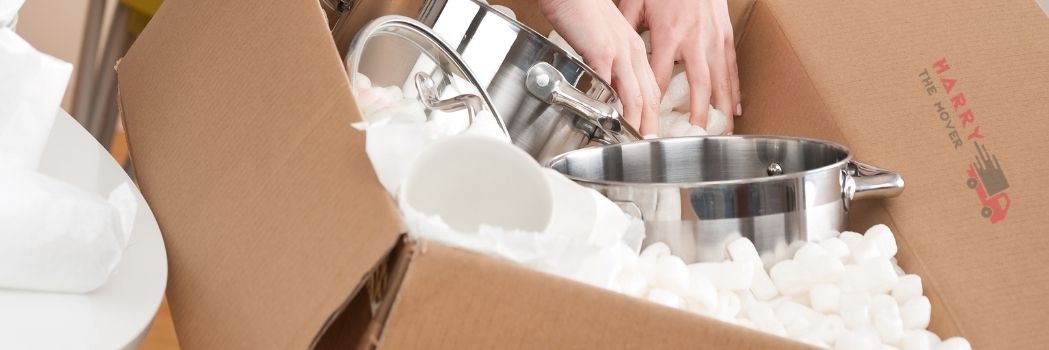
They are not the only appliances that take up space, but pots and pans can be hard to move around, especially for elderly or disabled people. For this reason, learning how to pack pots and pans properly is essential. It will reduce your chances of injury while you are cooking and will make your job a lot easier.
The first step when learning how to pack pots and pans is to remove all of the covers. This includes the lids and bands that seal the containers in which they were packed. Remove the fragile pieces individually from the boxes to allow for proper handling. Be sure to check the bottom of the box for any damaged or broken parts.
These items should be packed separately from other items in the same box, as even one small broken piece can cause significant damage to fragile items in your kitchen.
Plastic containers
How to pack plastic containers are just a few ways you can help protect the contents inside your totes and help you get the most value for your dollar.
You should first identify what you are going to use each container for before you start packing anything.
You are packing plastic containers while a moving house can help you pack all your things into a direct box, and this is the best way to do it. By using these boxes, you will be able to organise all of the different things you have in your home and place them in the right place so that you know where they are going to be recognised when you unpack them at the new location.
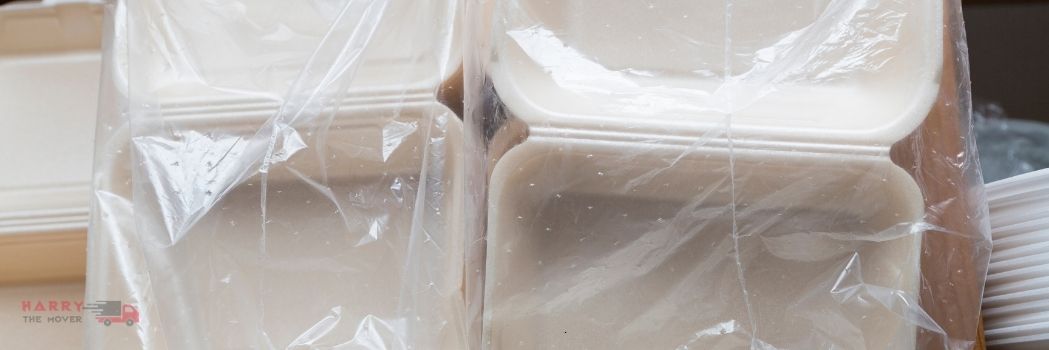
When you are packing plastic containers for moving, you may notice that you cannot get them quite as much roomed as you would like. However, there are two ways that you can use these boxes for moving, and this is what will be recommended for most people.
One way is just to put a blanket or two over the open spaces so that they will not take up as much room.
The other method is to put a couple of blankets over the open spaces and then tuck the rest of the box under so that the area that you need to pack becomes more padded. Either way that you go, you will be able to get the best use out of these boxes, and you will feel satisfied with the results.
Kitchen Small appliances
With all the moving companies out there today, how do you know which one will treat you right? And how do you know which moving company will take your possessions efficiently and safely?
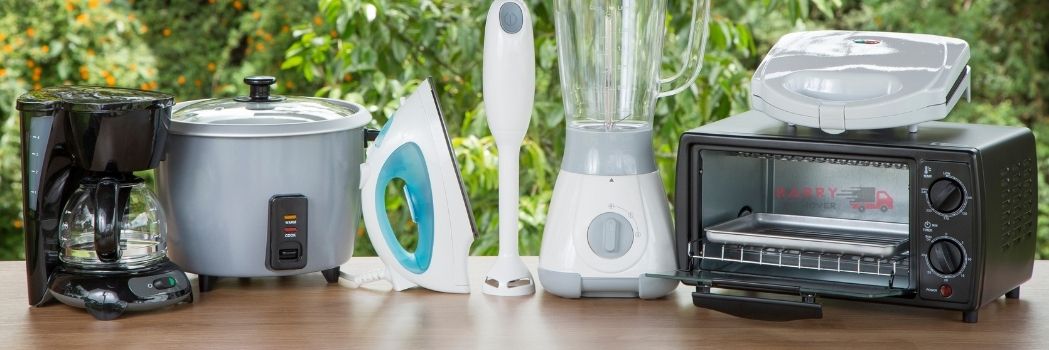
It is a common mistake to try to save money on moving by going with the cheapest mover, but it’s not always the best idea. Instead, when packing your small kitchen appliances, it is best to choose boxes which are as close to the actual product as possible. If you saved all the boxes your appliances came in, these are probably ideal, but utilising small, regular-sized moving boxes works just as well.
The next step is to make sure your small kitchen appliances are well organised. Start by categorising them according to how they look. Label each category accordingly and label the rest of the boxes or bags for the rest of the items. Put all your small appliances together (categories-wise) and then put them into the same package or bag.
After that, seal up your packing material and label the packing material again. This will make it easier for the movers to load up your belongings and remove them later without having to deal with a bunch of different boxes.
Canned food
It is not very difficult to learn how to pack canned food in a box.
There are lots of things that you should know to make this task easy and painless for you. Once you learn how to pack can be done in a box like this, it will almost seem like second nature to you.

Suppose you want to know how to pack canned food in a box the first thing that you need to know is what kind of container to use. The most common method of removing food is to use a box or can, which can either be made of cardboard or some other substance. A corrugated box is another option, which is pretty inexpensive and easy to find in most stores.
Wooden boxes, ceramic boxes, plastic boxes, and even bubble wrap boxes are other options that you might try. Just remember to pack your foods so that they will be airtight in their new containers and to seal them as tightly as possible if you have to.
Other than being airtight, you should also pay attention to other factors of how to pack canned food in a box, such as how long you plan on keeping the food in the box.
If you are not going to be keeping it for more than a day or two, you can generally just toss it into your fridge or dispose of it as you would other foods.
However, if you are planning on taking it on trips, you will need to know how long you plan on keeping it.
Kitchen Miscellaneous Items
How to pack Kitchen cabinets is one of the most important steps when preparing to buy a new one. A lot of people have trouble with this step, but it Is straightforward if you have a little time to spare.
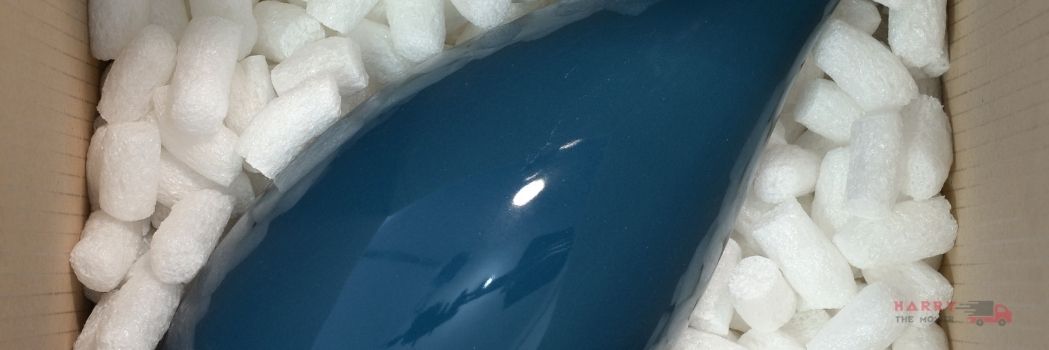
When packing your kitchen, you have to consider how much stuff you can fit into it. Otherwise, you might end up wasting a lot of space and not having a good enough Kitchen, to begin with. The next step of how to pack Kitchen cabinets is to remove any loose materials from your old ones.
Things like plates, bowls and cups will most likely come off when you are putting them in the kitchen. To help keep things together better, you should always label your containers and tape them to your boxes or plastic sheets so you will not have a hard time finding them. It might also be a good idea to put a piece of tape on the outside of your box or plastic sheet, which will let you find everything easier than just pulling things out.
Have faith – we are there for U!!!
How to pack kitchen stuff for moving house? Our moving company, in Removalist Melbourne, will be the one to do all the packing procedure starting from the unpacking of your belongings and up to transporting them to the new home.
When you are choosing your movers or moving company, make sure that you choose us! We stand as the members of a cooperative association that offers protection to their clients. Protection covers liability for any damage that they may cause to your belongings during the move. You must have this kind of assurance when you are doing your moving.
Feel free to contact us in 1800 318 026, and our 24×7 customer care executives are ever-ready to guide and assist you in this matter.



